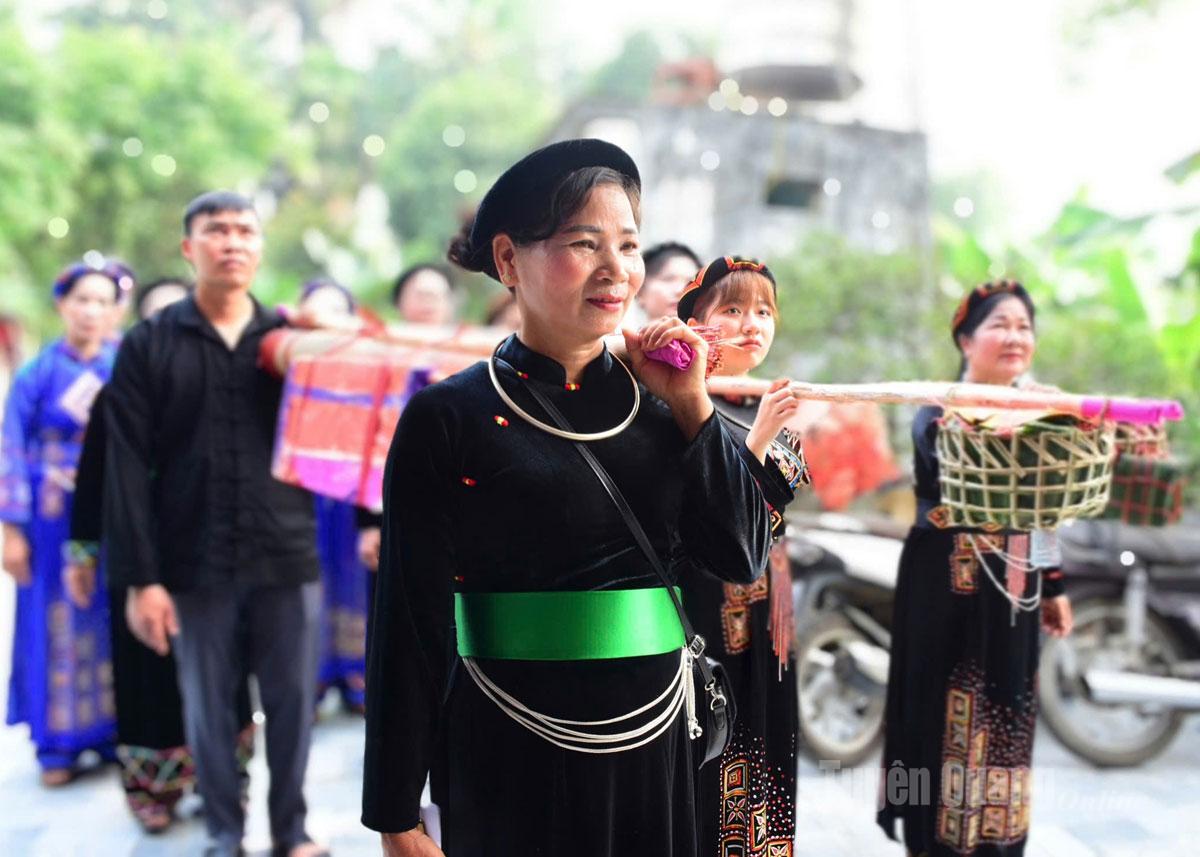 |
| The groom's family's gifts are brought to the bride's family in the traditional Tay wedding ceremony. |
The cloth is hand-woven from cotton, 10 to 20 meters long and about 20 centimeters wide. Half of the cloth is dyed red or pink, representing the wet part, while the other half remains white, representing the dry part. In some places, the two ends of the cloth are rolled in red, depending on the customs of each region. Although it is just a simple cloth, in the wedding ceremony, it has a profound spiritual value, symbolizing maternal love and gratitude.
The moment the bride’s mother receives the cloth, her wrinkled hands trembling, her eyes filled with tears, is the most sacred moment of the wedding ceremony. At that moment, the simple cloth seems to connect the past and the present, between the tolerant motherly love and the present life.
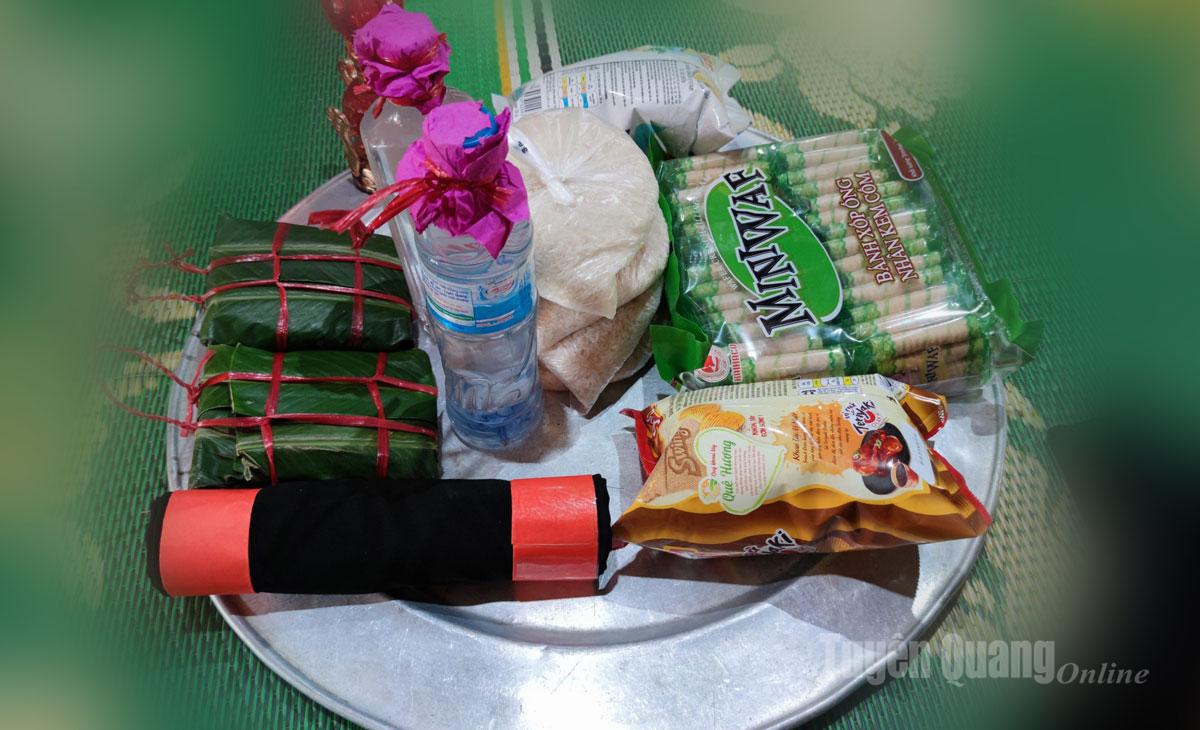 |
| In the groom's family's offering tray, there is a wet and dry cloth (black roll with red border) to offer to the bride's mother, expressing gratitude for her upbringing. |
Ms. Ma Thi Bich Hien, Noong Phuong village, Minh Quang commune shared that she had attended many Tay weddings in her hometown, and she always saw the "Lam Khau" cloth that the son-in-law gave to his mother-in-law to show gratitude to the woman who gave birth to him and raised him with great difficulty. Other wedding gifts could be simplified, but this cloth was a must.
Many years later, when her daughter gave birth, the mother opened the old wooden box, took out the cloth, and cut a piece to make a baby carrier for her grandchild. That baby carrier had the color of time and the warmth of her hands. Mrs. Ma Thi Nam, 75 years old, in Ca village, Bang Hanh commune, said that on the day her daughter gave birth, she took out the cloth and cut a piece to make a baby carrier, and kept the rest in the box. Every time she looked back, she remembered the years of raising her child, as if a part of her life was still wrapped in that cloth.
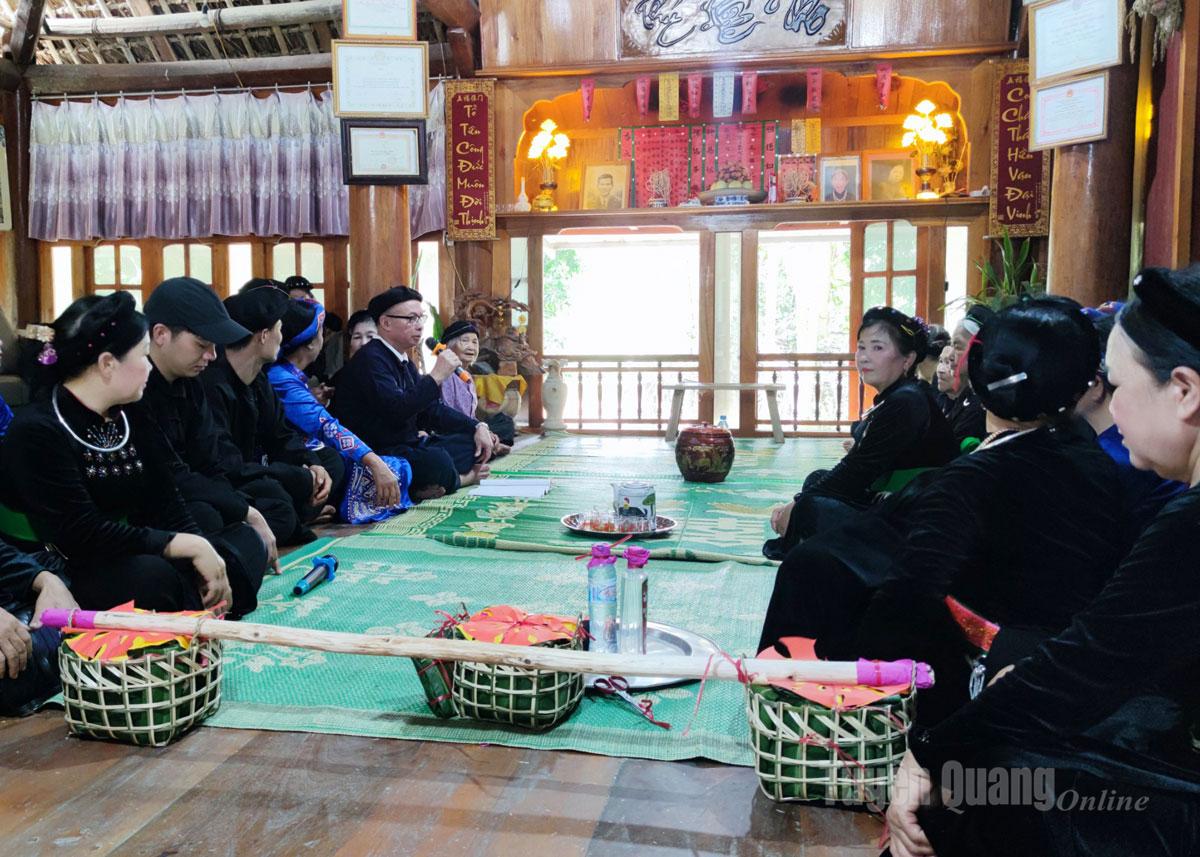 |
| The village chief read a poem in Tay language. |
Young people today may not remember every word of the poem, but when they see the “wet and dry cloth”, everyone can feel the warmth of motherly love. In that simple cloth is the image of a Tay woman who stayed up all night, turning over each blanket, leaving the dry part for her child.
Although life has changed and many ancient rituals have been simplified, in the Tay villages in Tuyen Quang , the ritual of offering "wet and dry cloth" is still respected and preserved as a sacred thread connecting tradition and filial piety, weaving together a lasting cultural beauty with a thousand-year-old culture.
Article and photos: Canh Truc
Source: https://baotuyenquang.com.vn/van-hoa/du-lich/202510/tam-vai-uot-kho-soi-day-cua-tinh-me-3231674/



![[Photo] Prime Minister Pham Minh Chinh chaired a meeting to discuss solutions to overcome the consequences of floods in the central provinces.](https://vphoto.vietnam.vn/thumb/1200x675/vietnam/resource/IMAGE/2025/10/29/1761716305524_dsc-7735-jpg.webp)


![[Photo] Flooding on the right side of the gate, entrance to Hue Citadel](https://vphoto.vietnam.vn/thumb/1200x675/vietnam/resource/IMAGE/2025/10/28/1761660788143_ndo_br_gen-h-z7165069467254-74c71c36d0cb396744b678cec80552f0-2-jpg.webp)
![[Photo] National Assembly Chairman Tran Thanh Man received a delegation of the Social Democratic Party of Germany](https://vphoto.vietnam.vn/thumb/1200x675/vietnam/resource/IMAGE/2025/10/28/1761652150406_ndo_br_cover-3345-jpg.webp)


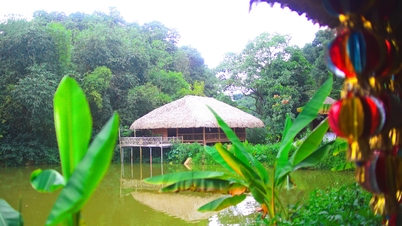



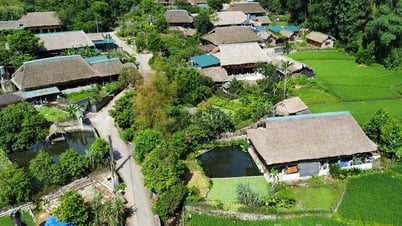
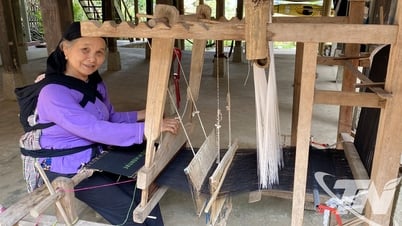
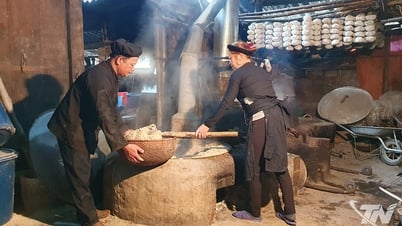
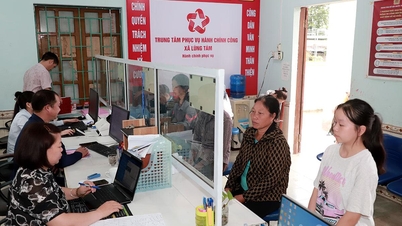
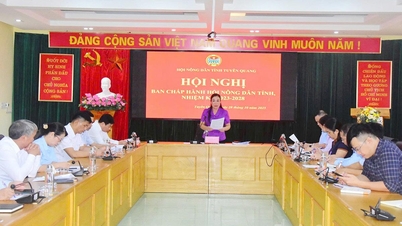
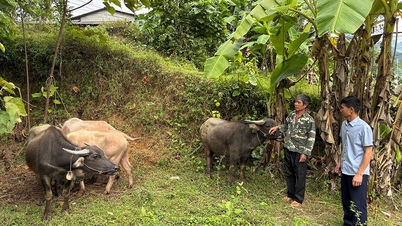


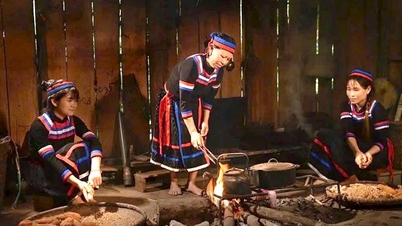
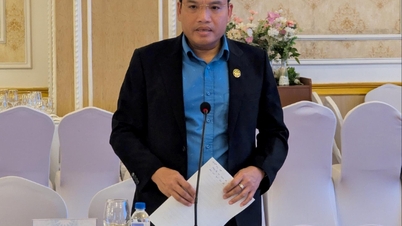





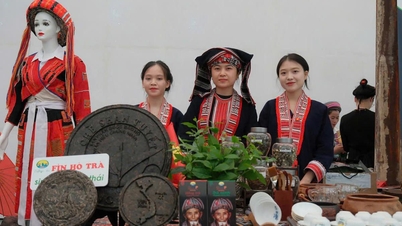
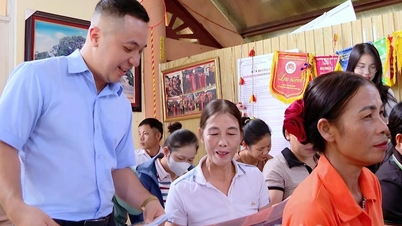
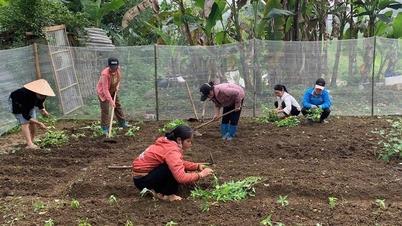
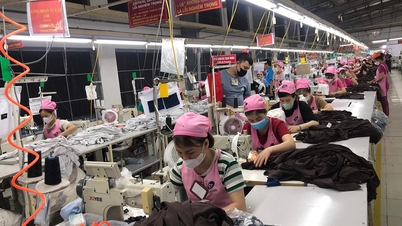
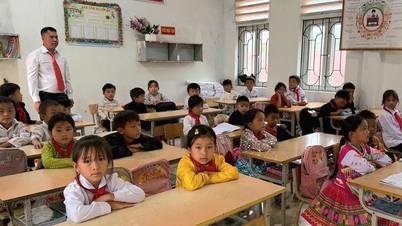


![[Photo] Draft documents of the 14th Party Congress reach people at the Commune Cultural Post Offices](https://vphoto.vietnam.vn/thumb/1200x675/vietnam/resource/IMAGE/2025/10/28/1761642182616_du-thao-tai-tinh-hung-yen-4070-5235-jpg.webp)
![[Photo] President Luong Cuong attends the 80th Anniversary of the Traditional Day of the Armed Forces of Military Region 3](https://vphoto.vietnam.vn/thumb/1200x675/vietnam/resource/IMAGE/2025/10/28/1761635584312_ndo_br_1-jpg.webp)














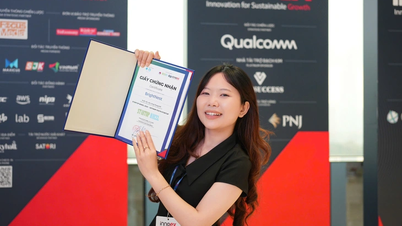




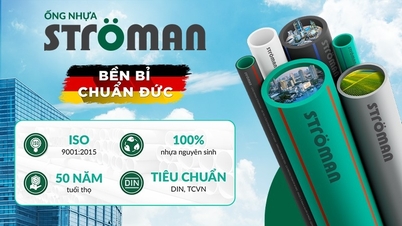

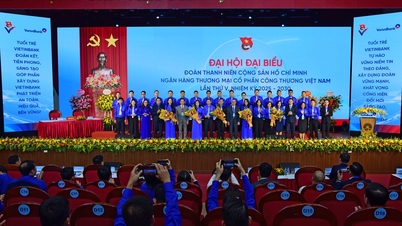
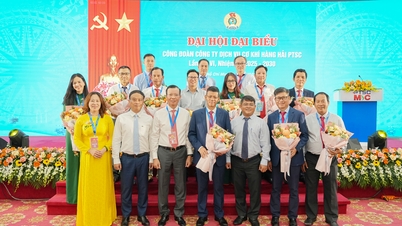

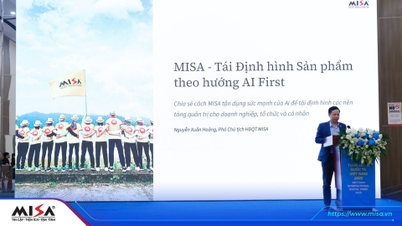







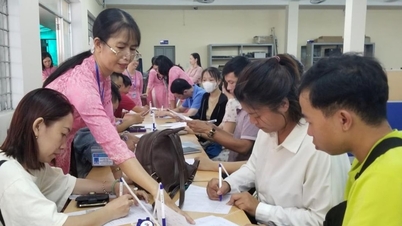

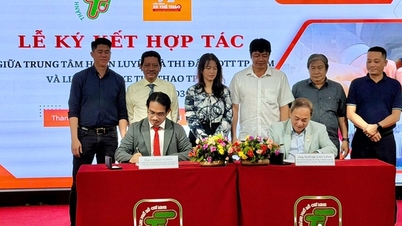

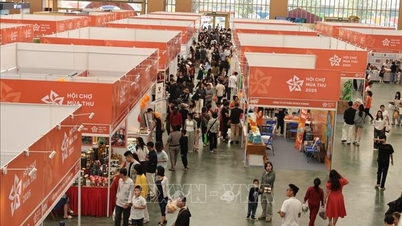

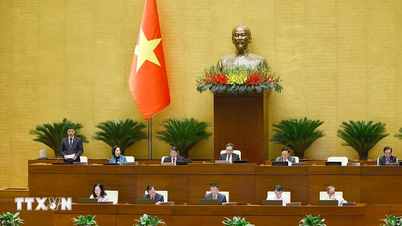

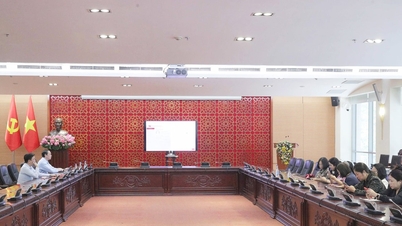
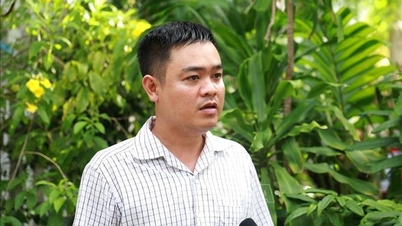
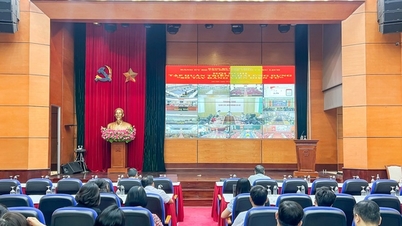


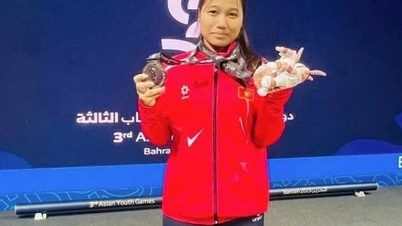
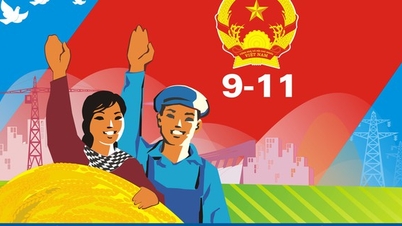
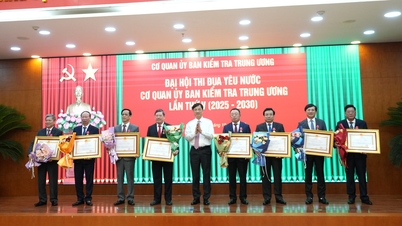

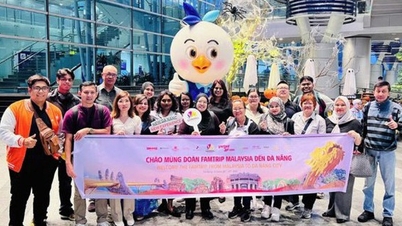
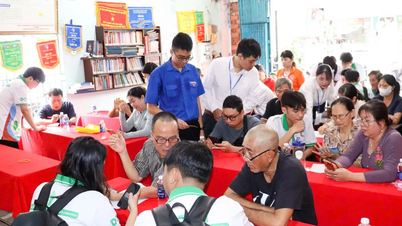

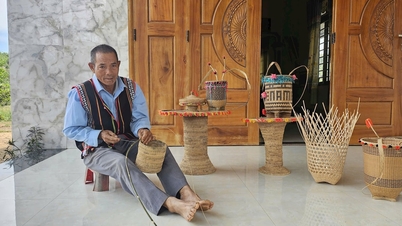

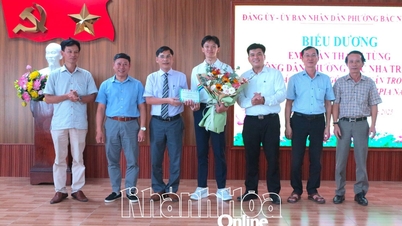

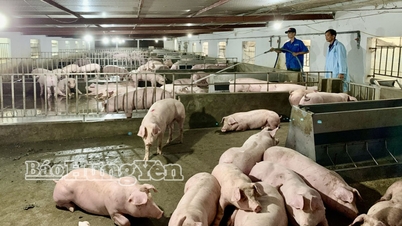

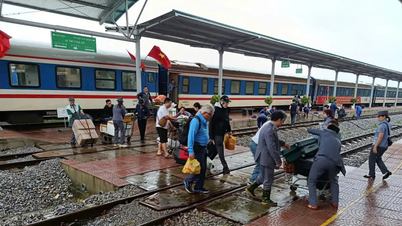











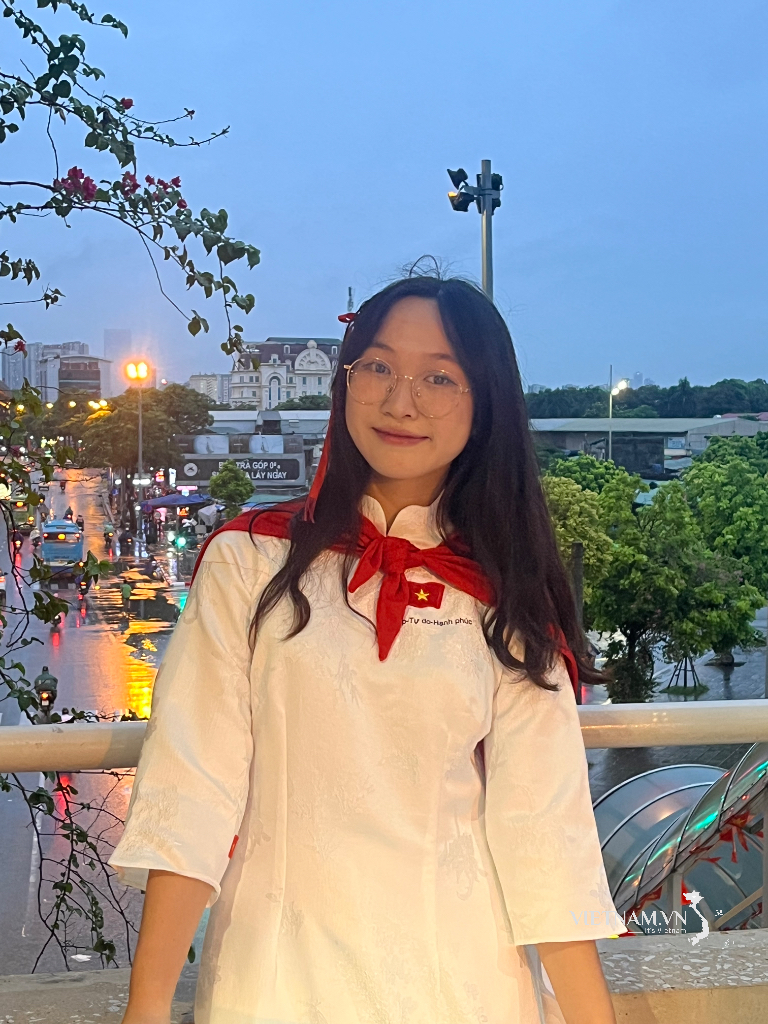



Comment (0)